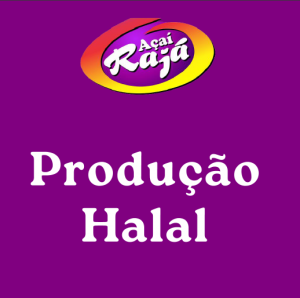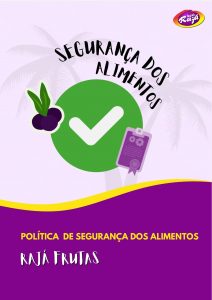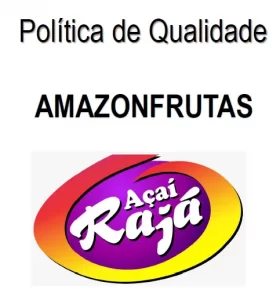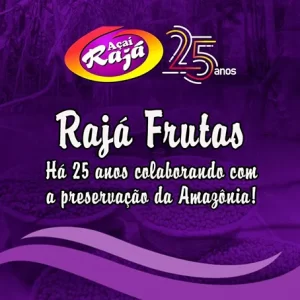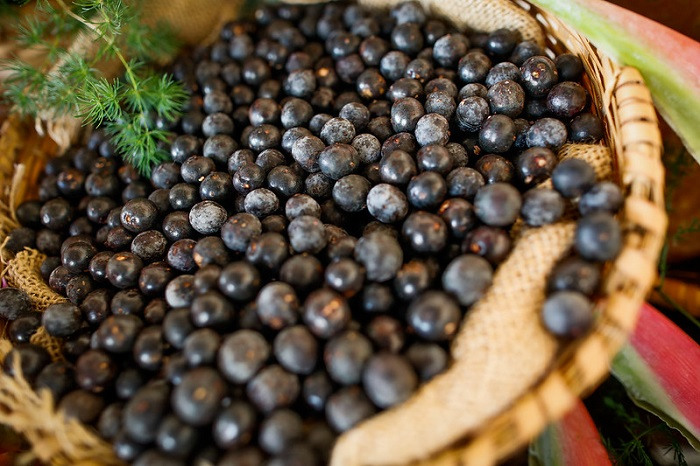
Brasilia (07/28/2021) – Açaí is a typically Brazilian fruit, grown in the Amazon region of the country. Known for being one of the most energy-rich food sources, açaí grows in palm trees that can reach more than 20 meters in height. The plant produces about four bunches of the fruit a year.
Each region of Brazil has a way of consuming açaí. The best known was the pulp, which mixed with guarana and added to other fruits and treats, becomes a refreshing food option. And to take 500 ml of pure açaí, you need 3 kilos of fruit with seeds, more or less a bunch.
The state of Pará leads the world in the production and export of the fruit. According to the Brazilian Institute of Geography and Statistics (IBGE), in 2018, the state produced, in an area of almost 200 thousand hectares, 1.4 million tons of açaí (95% of Brazil's total).
The novelty of the last few years is the cultivated açaí, different from the traditional native one and its huge palm tree. “Açaí is not a plantation of soybeans, corn, rice or beans, which has a recipe. Açaí does not have a study that says the distance from plants, variety and fertilization. There is nothing in which we can say: I'm going to do it and I'm going to harvest it”, said cultivated açaí producer, Realdo Spanholi.
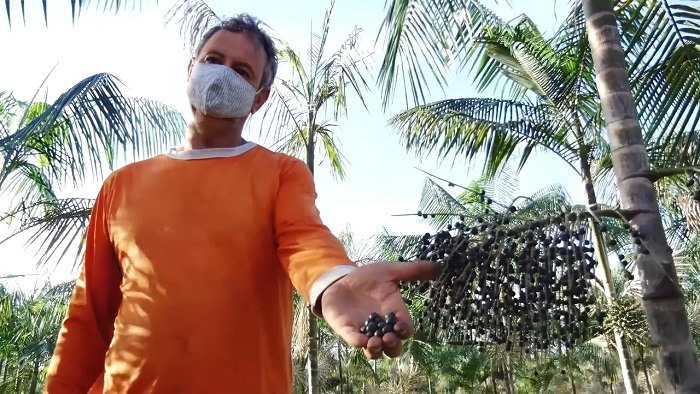
Realdo's property is located in the municipality of Santarém (PA), which is in the Legal Amazon, an area formed by nine states. According to the Brazilian Forest Code, rural properties in forest areas must maintain 80% of native vegetation, including a Legal Reserve and Permanent Preservation Area (APP). As it is a native plant of the biome, the producer reforested it with açaí. It currently stands at 40,000 feet.
“I am from Paraná, born in Cascavel, Paraná, but my future is here. I want my kids to mess with it. Five years ago I idealized it and said: I'm going to do it. I saw a space, a very large niche in the trade, a lot of demand for açaí and few people worried about planting”, he explained.
Realdo Spanholi açaí is sold in 28-kilogram bags in the state of Pará. Many buyers from Santarém go to the farm to get the fruit.
“Today, most of it supplies the municipalities of Santarém and Mujuí. The rest, we export to other states. Açaí has already been shipped to Mato Grosso, Cuiabá and Brasília, via air cargo”, said Realdo's sales partner, Airton Keire.
Unlike the açaí trees in the floodplains, the cultivated ones deserve more attention. Producer Realdo planted each seedling with a distance of 2.60 by 4 meters. The way of planting is different, as the seedling planter is handmade, created by the hands of the producer. “I thought it was ideal and I've been working on that,” he said.
In addition to changing the drip irrigation system to micro-sprinkling, the next dream of Realdo and his family is to sell açaí in milkshake format, a way to adapt what the South and Southeast are already doing. The idea came after Realdo created the “motohome jabuti do asphalt” bus for family trips.
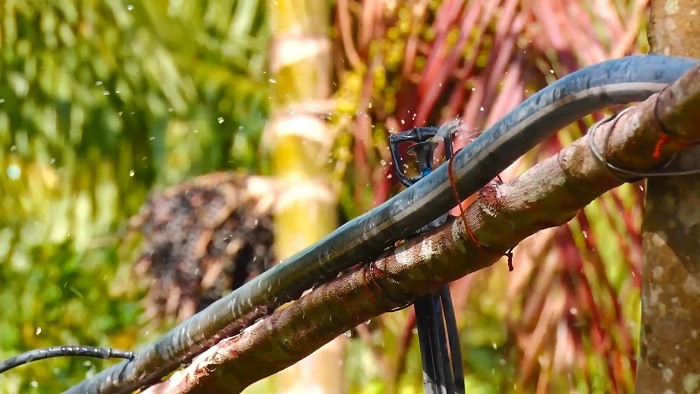
According to the Brazilian Agricultural Research Corporation (Embrapa), açaí consumption increases by 15% each year, with emphasis on the Southeast region. In the foreign market, the biggest consumers of Brazilian açaí are the United States and Japan. Together, they import more than 90% of the total, according to 2019 data from Embrapa.
“Açaí is one of the products that has increased its exports in recent years. In Brazil, it is a fundamental source of income for producers in the North region, especially the riverside population. It is a sustainable crop and the fruit, when processed, adds value to the product”, said the president of the National Fruit Growing Commission of the Confederation of Agriculture and Livestock of Brazil (CNA), Luiz Roberto Barcelos.

